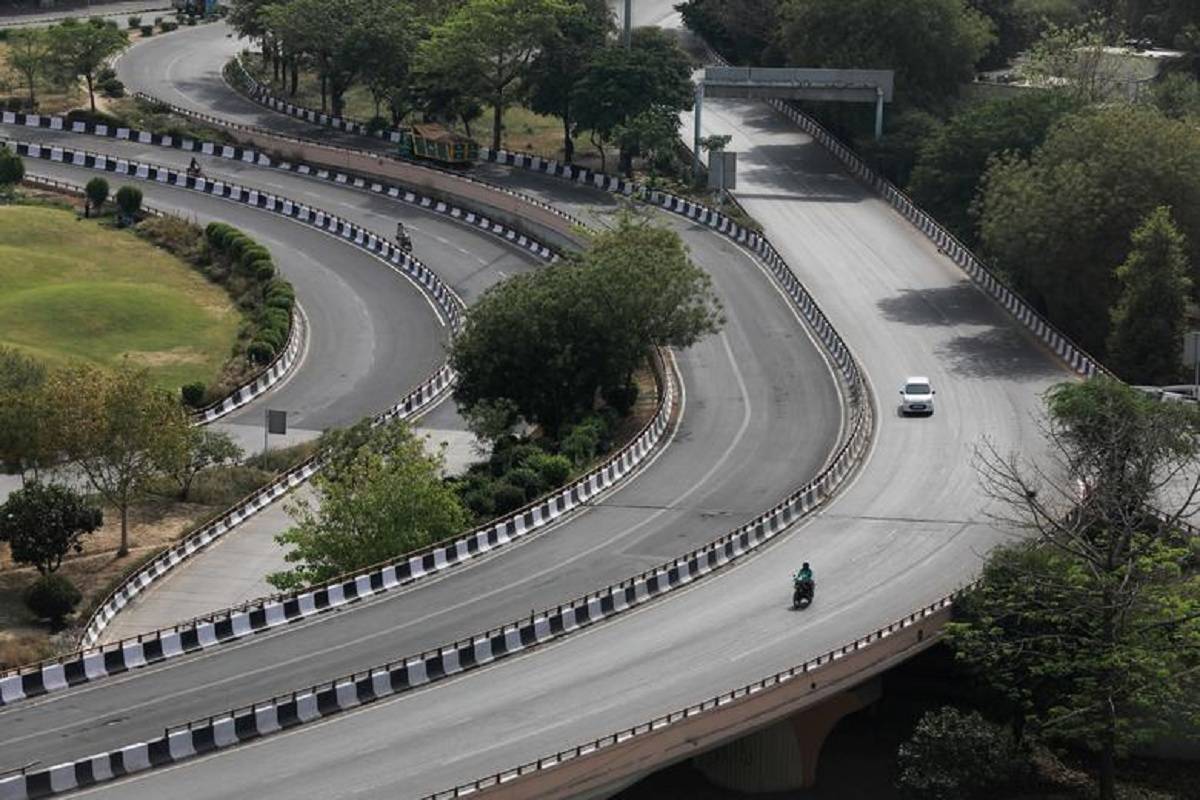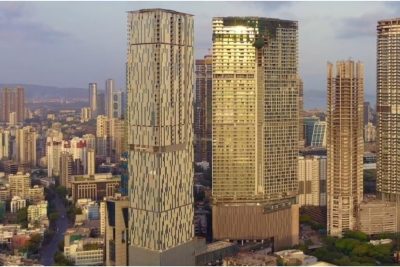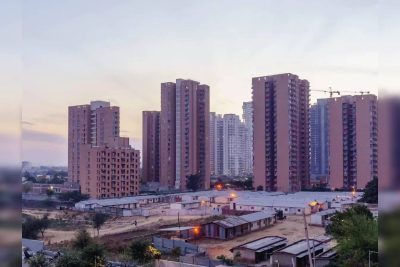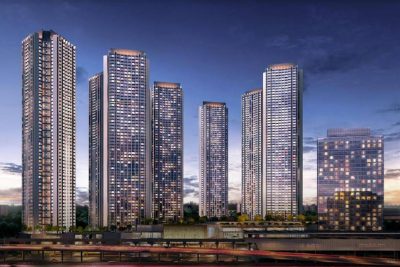Good roads encourage 360 degree development in the region which include residential, commercial and retail complexes; schools, community centres, markets and green-belts. Due to non-congestions of traffic, the vehicle pollution decreases and since, the commutation time also decreases considerably, it also results in good health and overall cheerfulness. It would only be right to say that good roads lead to overall development of the region and in-turn brings growth and prosperity. Even the tourism gets attracted to destinations with well-travelled roads.
It is true, roads are the blood vessels of the economy and directly related to its growth and prosperity. India is on the same path of prosperity through robust roads network, as it was for America’s economic transformation in the early 1800s, which has been linked to dramatic changes in transportation networks. In America, construction of roads, canals, and rail roads led to the expansion of markets, facilitated the movement of people, and altered the physical landscape.
In the last 7-8 years, India too has seen a sudden focus and spurt in developing roads network and going by the Ministry of Roads, Transport and Highways (MoRTH), there are around 600 fully operational national highways in India, and Uttar Pradesh has the longest network of National Highways in India. The length of National Highways has gone up by more than 50% from 91,000 km in 2014 to 1.47 lakh km now. Although, the total road network in India today stands as mammoth 6.2 million km.
The Haryana state in North India has a vast road network of 34 National Highways (NH) with a total of 2,484 Km. 11 Expressways (including 3 National Expressways), State Highways (SH) with a total length of 1,801 km and major district roads (MDR) with a length of 1,395 km.
Gurugram is also going to be one of the most benefited cities once the 29 km long Dwarka Expressway becomes operational. Recently, Hon’ble Minister for road transport and highways, Mr. Nitin Gadkari also said that the Dwarka Expressway, being built at a cost of Rs 9,000 crore, will be operational in 2023 and will ease traffic congestion on Delhi-Gurugram Expressway. He also said that this highway, connecting Dwarka in Delhi to Gurugram in Haryana, will immensely reduce the level of air pollution in Delhi-NCR, apart from reducing pressure on the Delhi-Gurugram expressway, part of the Delhi-Jaipur-Ahmedabad-Mumbai arm of Golden Quadrilateral.
The Dwarka Expressway is being developed as the first elevated urban expressway in the country. The Delhi-Gurgaon region has one of the busiest traffic arteries in the National Highways network. The Delhi-Gurgaon section of highway carries more than 180,000 passenger car units a day and this is likely to increase by over 7% per annum.
It is a 16-lane access-controlled expressway with provision of a minimum three-lane service road on both sides. Once the Dwarka Expressway is completed, it would provide direct access to upcoming India International Convention Centre in Sector 25 of Dwarka and will also provide an alternate connectivity to IGI Airport through shallow tunnel. Recently, the 22 km, six-lane Sohna Highway has been opened to traffic at the cost of Rs 2,000 crore, includes a 7 km elevated section and this is also destined to reduce traffic congestions and reduce pollution to a larger extent.
Gurugram also has plans to make commuting by cycle easier. The Gurugram Metropolitan Development Authority (GMDA) is developing a 15 km cycle track in areas like MG Road, Golf Course Road, Southern Peripheral Road (SPR), and Gurugram-Faridabad Road. The health-conscious people would love to take advantage of this for multiple health benefits. All these developments associated with Gurugram have encouraged real-estate developer to develop a number of residential, commercial and retail projects in the much-isolated land-parcels located at Dwarka Expressway. Many multiplexes are coming that would reduce the burden of Delhi-NCR and encourage investments in Northern Peripheral Road (NPR).
Due to extensive highways and expressways development plans, the escalation of 10-15% in the residential segment and 1.5-2 times is already seen in the plotted development projects.
More than 62,000 startups and over 100 unicorns are also looking for space and more so would prefer NPR and SPR due to robust road and congestion free traffic flow.
Connectivity is one of the major factors that encourages realty growth and through robust network of roads the customers and investors will have the flexibility of investing in multiple real-estate projects, both for residential and commercial purpose.
To conclude, the real-estate sector, the second largest employer in the country, is all set to benefit immensely from the network of highways being constructed in India, which will also further boost employment generation. And then the possibility of real-estate sector contributing 13% to India’s GDP by 2025 and witnessing market growth by Rs.65,000 crore by 2040, would seem quite feasible.
M3M India, one of the largest developer in Gurugram with a strength of 40 projects, 4 million square feet of retail space and 20 million of overall square feet of delivered space has already invested in a large residential project in sector-113, with a top line of Rs 3,500 crore, right on Dwarka Expressway.
Source : TOI




